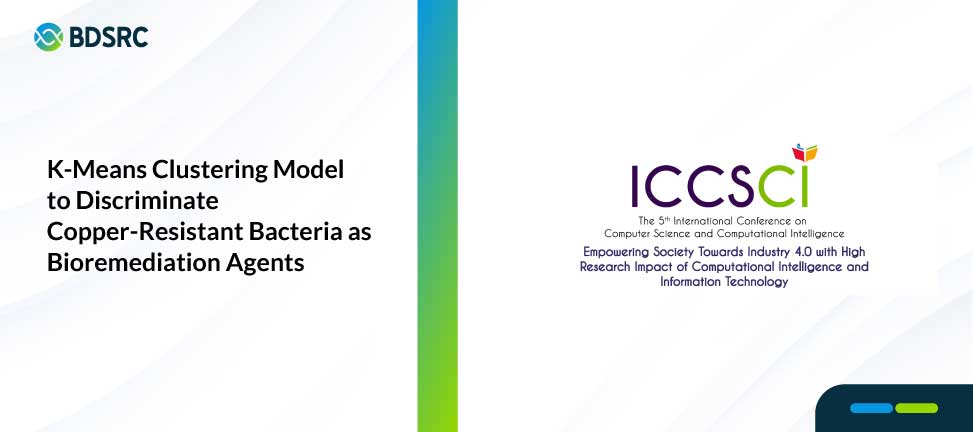K-Means Clustering Model to Discriminate Copper-Resistant Bacteria as Bioremediation Agents

Copper (Cu) has been excessively used for some valuable commodities and this creates environmental problems. The inorganic element becomes toxic when presents beyond the recommended tolerated concentration. Bacterial-based remediation is seen to be an excellent tool to overcome it as it reduces the copper contamination without yielding any other forms of contamination. There are some pivotal properties in the bacteria render them being considered as bioremediation agents against coppers contamination, namely bioaccumulation and biosorption. In the present study, we question if these bacteria could be clustered into a strong and representative proximity according to their functional properties. Mostly, bacteria are grouped based on their genetic profiles derived from the 16S rRNA sequencing. We propose that our K-Means clustering model can be employed to identify genetically-unlabelled bacteria. But first, a prominent reference should be developed and we are in this phase. We figured out the K-Means clustering model do not pull the same-genus bacteria into the same cluster. Instead, the model gathers into a proximity those isolates with similarity on a functional characteristic termed minimum inhibitory concentration (MIC), regardless their origins and their hierarchy in taxonomy.
International Conference on Computer Science and Computational Intelligence 2020
Ika Nurlaila, Wahyu Irawati, Kartika Purwandari, and Bens Pardamean
